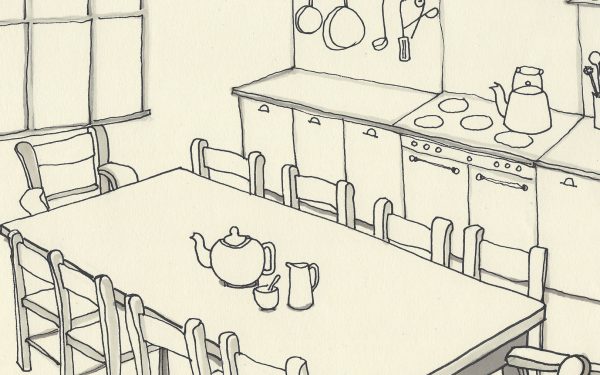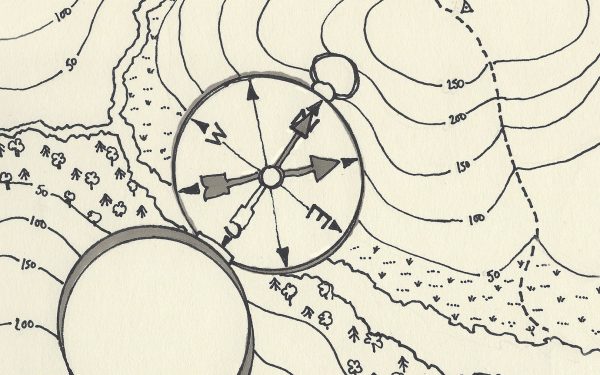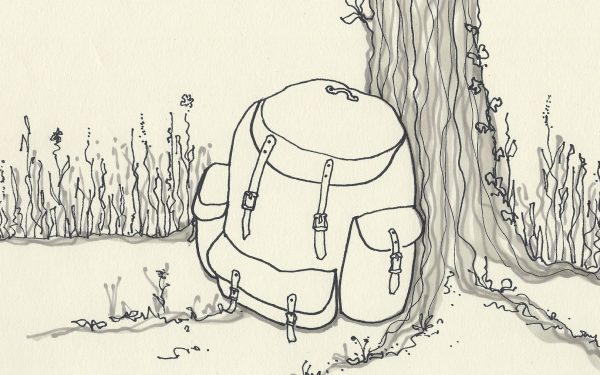We aim to offer practical help to anyone who wants to keep people safer by reducing the effects of bullying and incivility. To offer ideas rooted in the literature, that are more than just telling people what they already know; that they should be kinder, be nicer. To suggest the steps to take if you are leading an intervention because of a poor staff survey or a spate of complaints. Or, if you feel uneasy about the ways some conversations happen and consign people to the role of victim, perpetrator or bystander.
My experience in leading such interventions is that it is not easy and the path to something better is uncertain. That said, if you give people safer places to talk, they will; and if you can bear what they have to say, draw people into making sense of things, peoples’ lived experience of work can improve.
You can explore 3 areas here.
- Stories – based on discussions with people about bullying and incivility, either as a victim, bystander, bully or senior team leader.
- Leadership guide – how as a senior leader you can plan and lead an intervention to tackle bullying and incivility.
- Resources – here you will find four sets of slides and notes providing background evidence and thinking about bullying and incivility.
Read more about this topic in my book “Speaking up in a Culture of Silence“.


